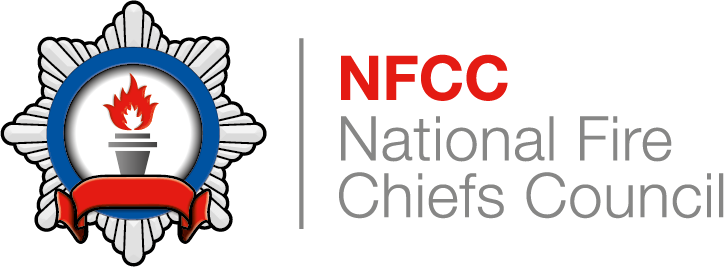The presence of compressed air systems should be communicated to personnel and other emergency responders. Cordons should be established to restrict access to areas where there are risks relating to compressed air systems.
In order to stabilise the mode of transport it may be necessary to isolate, override or mitigate movement caused by compressed air systems.
It may be appropriate for safety officers to be appointed to monitor the impact of compressed air systems on the stability of the mode of transport. Monitoring could include listening for leaks of compressed air, and watching for movement of the mode of transport.
If there are compressed air systems, the reviews of stabilisation should be carried out more frequently.
